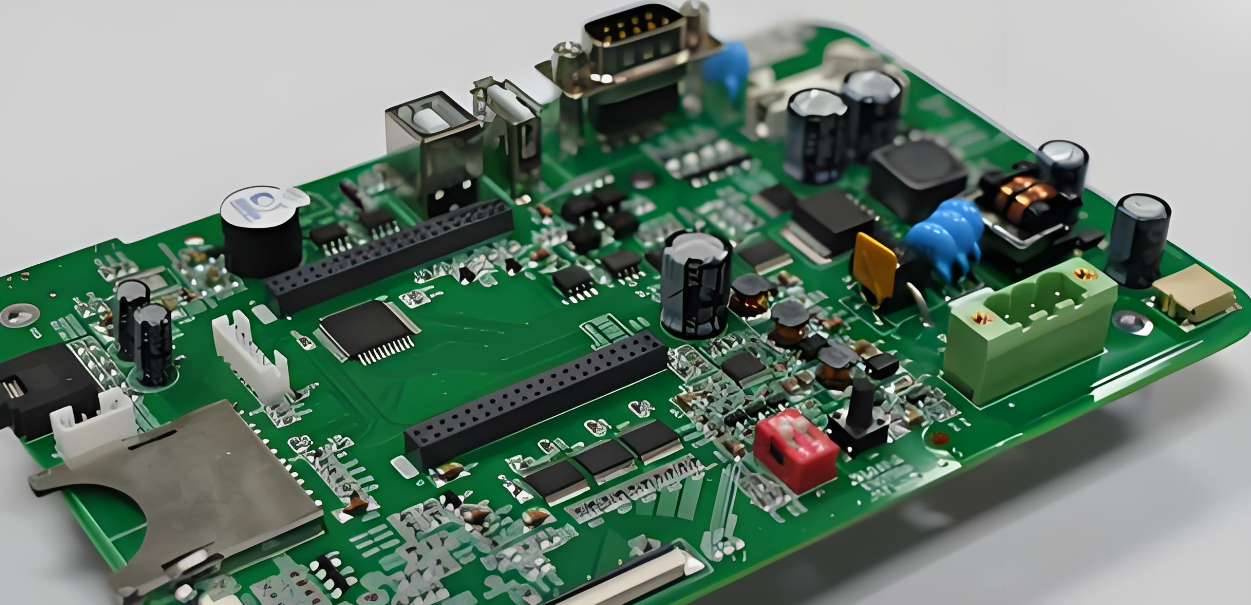At Aoshuo Technology Co., Limited, with over 20 years of experience in electronic manufacturing services, we understand that choosing the right type of printed circuit board (PCB) is critical to the success of your product. Whether you're designing a simple gadget or a complex electronic system, the decision between single-sided and double-sided PCBs can significantly impact performance, cost, and manufacturability.
In this article, we’ll break down the pros and cons of single-sided and double-sided PCBs to help you make an informed decision for your next project.

Single-Sided PCBs: Simplicity and Cost-Effectiveness
Single-sided PCBs are the most basic type of circuit board, featuring a single layer of conductive material (usually copper) on one side of the board. These boards are ideal for simple, low-density designs.
Pros of Single-Sided PCBs:
Cost-Effective: With only one layer of conductive material, single-sided PCBs are cheaper to produce, making them ideal for budget-conscious projects.
Easy to Design and Manufacture: Their simplicity reduces design complexity and speeds up the manufacturing process.
Reliability: Fewer layers mean fewer potential points of failure, making them highly reliable for straightforward applications.
Suitable for Low-Density Designs: Perfect for simple electronics like calculators, power supplies, and LED lighting.
Cons of Single-Sided PCBs:
Limited Design Flexibility: With only one conductive layer, routing options are restricted, making them unsuitable for complex circuits.
Larger Board Size: To accommodate all components and traces, single-sided PCBs often require more physical space.
Lower Performance: Not ideal for high-speed or high-frequency applications due to limited routing options and potential signal interference.
Double-Sided PCBs: Versatility and Enhanced Performance
Double-sided PCBs feature conductive layers on both sides of the board, connected by vias (plated-through holes). This design allows for more complex and compact circuits.
Pros of Double-Sided PCBs:
Increased Design Flexibility: Two conductive layers provide more routing options, enabling more complex and compact designs.
Smaller Board Size: Ideal for space-constrained applications, as components can be placed on both sides.
Improved Performance: Better suited for high-speed and high-frequency applications due to reduced signal interference and shorter trace lengths.
Wide Range of Applications: Commonly used in consumer electronics, automotive systems, industrial controls, and more.
Cons of Double-Sided PCBs:
Higher Cost: The additional layer and manufacturing complexity increase production costs compared to single-sided PCBs.
More Complex Design and Assembly: Requires careful planning for component placement and via design, which can extend development time.
Potential for Signal Interference: Improper design can lead to crosstalk or electromagnetic interference between layers.
Which One Should You Choose?
The choice between single-sided and double-sided PCBs depends on your project's requirements:
Choose Single-Sided PCBs if you're working on a simple, low-cost project with minimal space constraints.
Choose Double-Sided PCBs if your design is complex, requires high performance, or needs to fit into a compact form factor.
At Aoshuo Technology, we specialize in providing one-stop solutions for all your PCB needs, from manufacturing and component sourcing to programming and functional testing. Our team of experts can help you determine the best PCB type for your application and ensure a seamless manufacturing process.
Let's Build Your Next Project Together
Whether you're designing a simple device or a cutting-edge electronic system, Aoshuo Technology is here to support you every step of the way. Contact us today to discuss your PCB requirements and discover how we can bring your ideas to life!












 2025-03-06
2025-03-06 